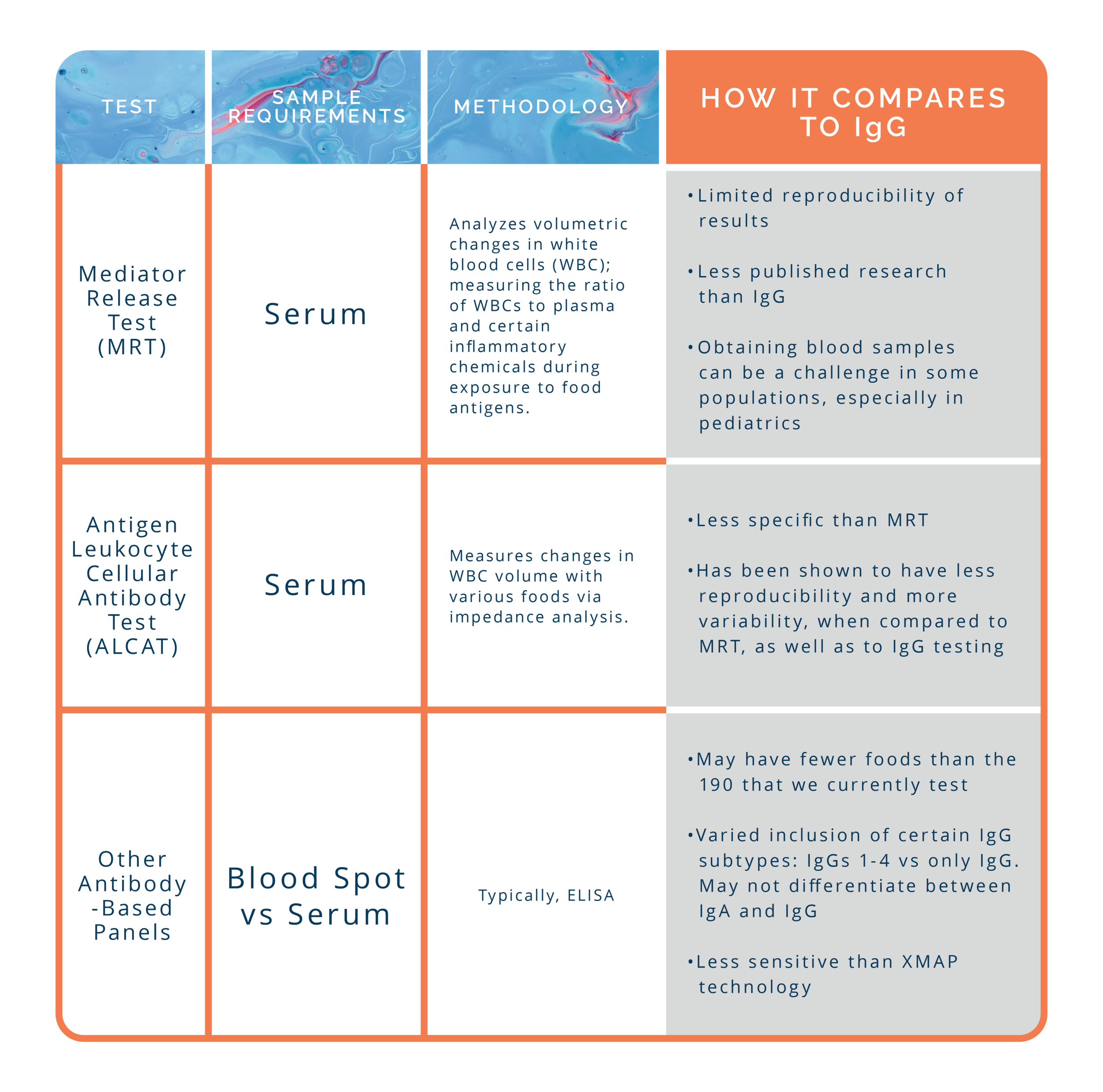Eren Quense, RDN, MS
SUMMARY
Over the past few years, the health necessity to eat organic food has become more popular. Moms, athletes, and the chronically ill are more aware of the health risks associated with non-organic foods. While organically grown food is no doubt more expensive than conventional foods, there are health benefits that inspire me to eat organic and I know most integrative medicine practitioners agree that eating clean outweighs the cost of purchasing organic produce that isn’t ladened with toxic chemicals.
Why Eat Organic Despite the Cost
A USDA-approved organic product is one that is grown and processed without the use of pesticides, fertilizers, genetic engineering, antibiotics, growth hormones, artificial flavors, colors, or preservatives.1 These things have been introduced into our foods over decades to help minimize food waste, increase shelf life, decrease costs, and enhance eye appeal, flavor, and palatability. By eliminating these chemicals and additives we are left with fresher, cleaner, better-for-you products, but we are also left with less control over environmental events, increasing costs for growers, and therefore you, the consumer.
Here are three reasons you might want to consider spending the extra money to eat organic for improved health.
Reason #1: Less Exposure to Resistant Bacteria When Eating Organic
The overuse of antibiotics in conventionally produced food has led and continues to lead to the growth of resistant bacteria.2 This bacteria can be transferred to humans from meat that hasn’t been cooked or handled properly or from crops that were sprayed with fertilizer containing manure.3 This is concerning for our health because these bacteria have become immune to treatments that are designed to kill them, leading to infections that are harder, if not impossible to treat.3
Organic foods decrease the probability of ingesting resistant bacteria due to the non-use of antibiotics in food production. Theoretically, the money spent on eating organically could save you later on healthcare costs!
Reason #2: No Synthetic Pesticides
Pesticides are chemicals that are used to eliminate or reduce organisms that could invade and damage crops. Unfortunately, the residue of these chemicals is found on the surface of fruits and vegetables even after being washed. A study conducted by the Environmental Working Group found that people who ate mostly organic food had a 65% lower risk of having detectable levels of pesticides in their bodies.4
The effects of synthetic pesticides on the human body are many and still being extensively researched, however, one reason to avoid pesticides is that they contain endocrine-disrupting chemicals (EDC). EDCs mimic our natural hormones and affect how they are made, used, and stored in the body.5 This disruption in hormones has been linked to a whole host of negative health outcomes including poor reproductive health, altered immune and nervous system functions, learning disabilities, obesity, metabolic issues, and more.5 EDCs enter the body through other avenues but limiting the exposure by choosing organic foods could help balance your hormones.
To understand the impact of pesticides on our health, organic acid tests can be used to identify biomarkers related to exposure to these chemicals. When humans are exposed to pesticides and other toxins, certain organic acids increase in the body, providing biomarkers that highlight the effect of toxins on our cellular metabolism. In addition, the presence of glyphosate, a very commonly used herbicide, as well as heavy metals that build up over time from pesticide use, can be assessed in the body through biomarkers.
Reason #3: Higher Nutritional Value
Organic food is generally more nutritious than its conventionally grown counterpart. Certified-organic food is farmed and raised using practices that prioritize soil health and biodiversity which can result in crops that are higher in vitamins, minerals, and antioxidants.6 These higher levels of nutrients promote a better immune system and overall health.
Organic food might be more expensive than conventionally grown foods but there are many health benefits that outweigh the cost. organic food is healthier and overall safer to eat but it is important to note that eating nutritious foods is the priority. If eating all organic is not within your budget, choose just one or two foods you can swap for organic versions.
4 Tests that Ensure Your Diet is Clean & Healthy
IgG Food Map
According to Lindsay Goddard, RD, Great Plains Laboratory Clinical Consultant, food can be healing or detrimental to your health if you’re eating food tainted with toxins or that cause immune responses or food sensitivities. For this reason, Goddard recommends the Great Plains Lab IgG Food Map, which tests for food sensitivities. Goddard says the test is easier for patients than going through an elimination diet. Goddard discusses the test in detail in this recorded webinar, “Using the IgG to Help Your Patients.”
Glyphosate & MycoTOX Tests
One inexpensive test to determine if you’ve been exposed to high levels of potentially harmful pesticides on your food is Great Plains Laboratory’s Glyphosate test. For less than $100, your functional medicine practitioner can have a test sent to your home to collect a urine sample to administer the test. The MycoTOX Profile can easily be added on to test for exposure to fungi and molds found in common foods like coffee and corn.
According to Shanhong Lu, MD, getting tested for glyphosate exposure is as important as your need for an annual exam. Sadly, glyphosate is in 75% of rainfall, 75% of air, and 80% of adult American’s urine because of the amount sprayed on crops, lawns, golf courses, and grains.
Dr. Lu says the rise in the use of Roundup Herbicide (a pesticide that uses glyphosate as a main ingredient) and the rise in chronic illnesses such as digestive issues, asthma, Parkinson’s, and Alzheimer’s is not a coincidence. She has found a correlation among her patients who have chronic illness and have also lived on a farm or near a golf course.
Organic Acids Test (OAT)
Lastly, by using the Organic Acids test to identify biomarkers related to pesticides and toxins we can better understand the impact of these substances on our health and make informed decisions on what we eat.
The Organic Acids Test evaluates for 76 metabolites in the body, including oxalate levels. High oxalates can lead to kidney stones. Also, individuals with fibromyalgia and women with vulvar pain may suffer from effects of excess oxalates.
For more information about food sensitivity or testing of toxins in the body, work with your functional medicine practitioner for recommendations and protocols.
References1. McEvoy M. Organic 101: What the USDA Organic Label Means. Usda.gov. Published March 13, 2019. https://www.usda.gov/media/blog/2012/03/22/organic-101-what-usda-organic-label-mean
2. Health benefits of organic food, farming outlined in new report. News. Published June 22, 2018. https://www.hsph.harvard.edu/news/features/health-benefits-organic-food-farming-report/
3. Antibiotics in Your Food: Should You be Concerned? Healthline. Published June 17, 2017. https://www.healthline.com/nutrition/antibiotics-in-your-food#TOC_TITLE_HDR_4
4. Environmental Working Group. EWG’s 2019 Shopper’s Guide to Pesticides in ProduceTM. Ewg.org. Published 2019. https://www.ewg.org/foodnews/summary.php
5. Endocrine Disrupting Chemicals (EDCs). www.endocrine.org. Published January 23, 2022. https://www.endocrine.org/patient-engagement/endocrine-library/edcs
6. Montgomery DR, Biklé A, Archuleta R, Brown P, Jordan J. Soil health and nutrient density: preliminary comparison of regenerative and conventional farming. PeerJ. 2022;10:e12848. doi:https://doi.org/10.7717/peerj.12848





























